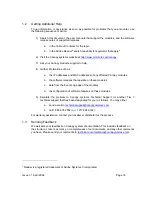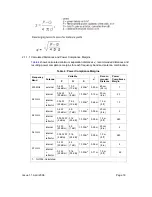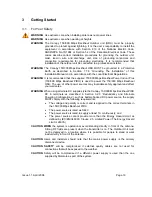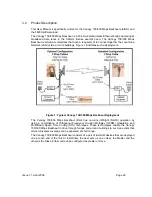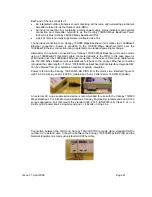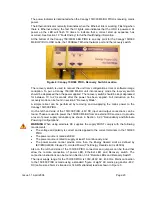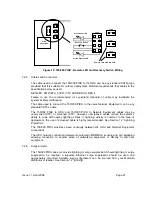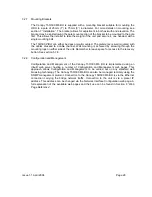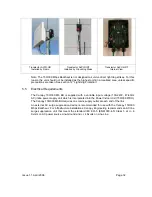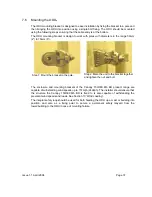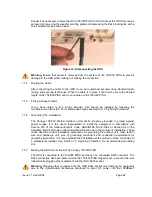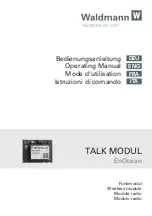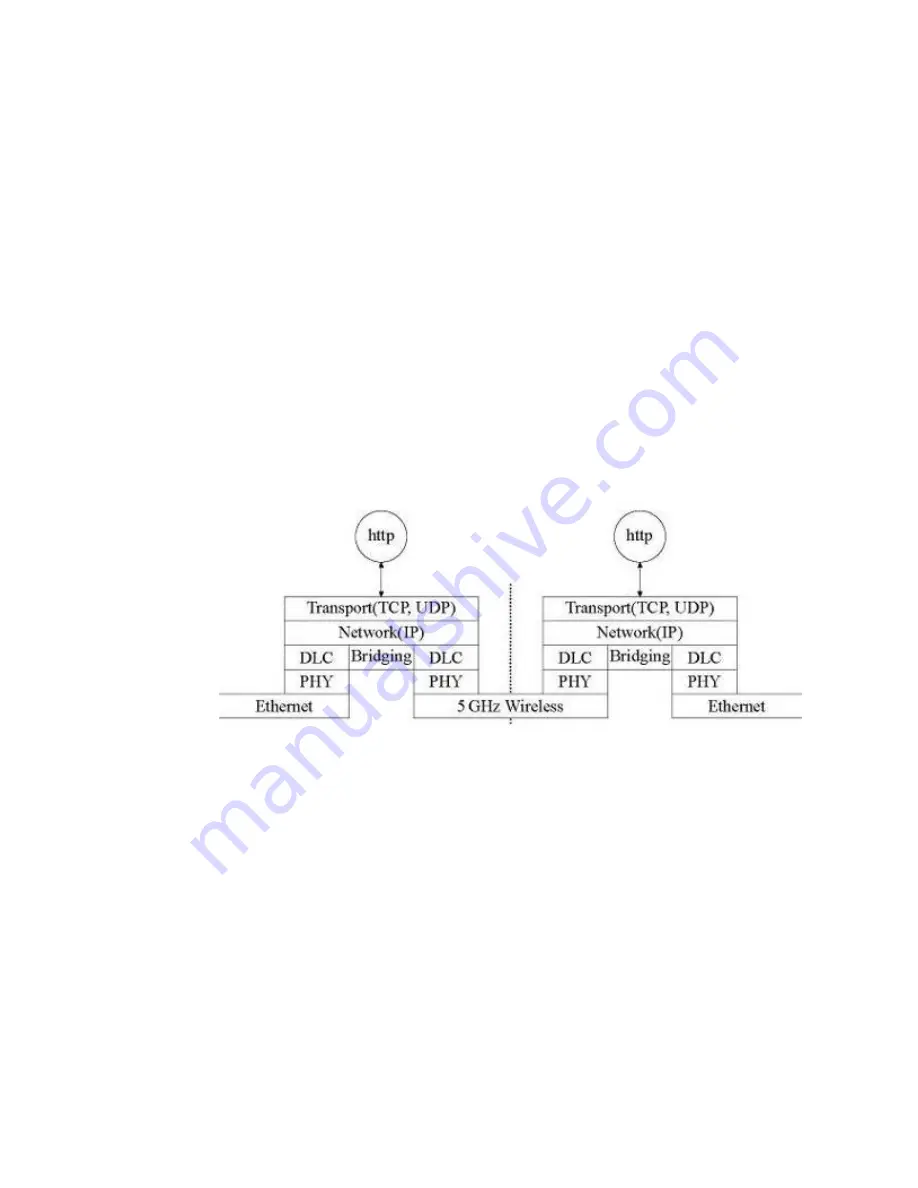
Issue 1.1 April 2006
Page 29
4 Product
Architecture
The Canopy 150/300 Mb BH consists of an identical pair of unit’s deployed one at each end
of the link. The radio link operates on a single frequency channel in each direction using Time
Division Duplex (TDD). One unit is deployed as a master and the other as a slave. The
master unit takes responsibility for controlling the link in both directions.
The non-Line-of-Sight (NLoS) aspects of the product are provided by multi-beam space time
coding, coupled with Orthogonal Frequency Division Multiplex (OFDM) modulation.
The Canopy 150/300 Mb BH has been developed to operate within license exempt frequency
bands, for example the ETSI 5.8 GHz C band (5.725–5.850 GHz) and the USA 5 GHz ISM
band (5.725-5.850 GHz). The Canopy 150/300 Mb BH has been designed to coexist with
other users of the band in an optimal fashion using a combination of Transmit Power Control
(TPC), Spectrum Management functionality and Antenna beam shape.
In order to maintain link availability, the product employs adaptive modulation techniques that
dynamically reduce the data rate in severe or adverse conditions. To the data network the
Canopy 150/300 Mb BH is implemented as a learning bridge. A learning bridge builds up a
picture of which addresses are connected to which port. This means that it will not bridge a
packet if it knows that the destination address is connected to the same port on which the
bridge saw the packet Figure 11 illustrates the Canopy 150/300 Mb BH layer diagram.
Figure 11: Canopy 150/300 Mb BH Layer Diagram
Summary of Contents for Canopy 150 Mbps Backhaul
Page 1: ...Canopy 150 300 Mbps Backhaul User Guide BH150 300 UG en Issue 1 1 April 2006 ...
Page 25: ...Issue 1 1 April 2006 Page 24 Figure 5 Canopy 150 300 PIDU Power Input ...
Page 97: ...Issue 1 1 April 2006 Page 96 Figure 59 Spectrum Management Help Page ...
Page 162: ...Issue 1 1 April 2006 Page 161 Figure A8 Surge Arrestor ALPU ORT Connection Illustration ...


